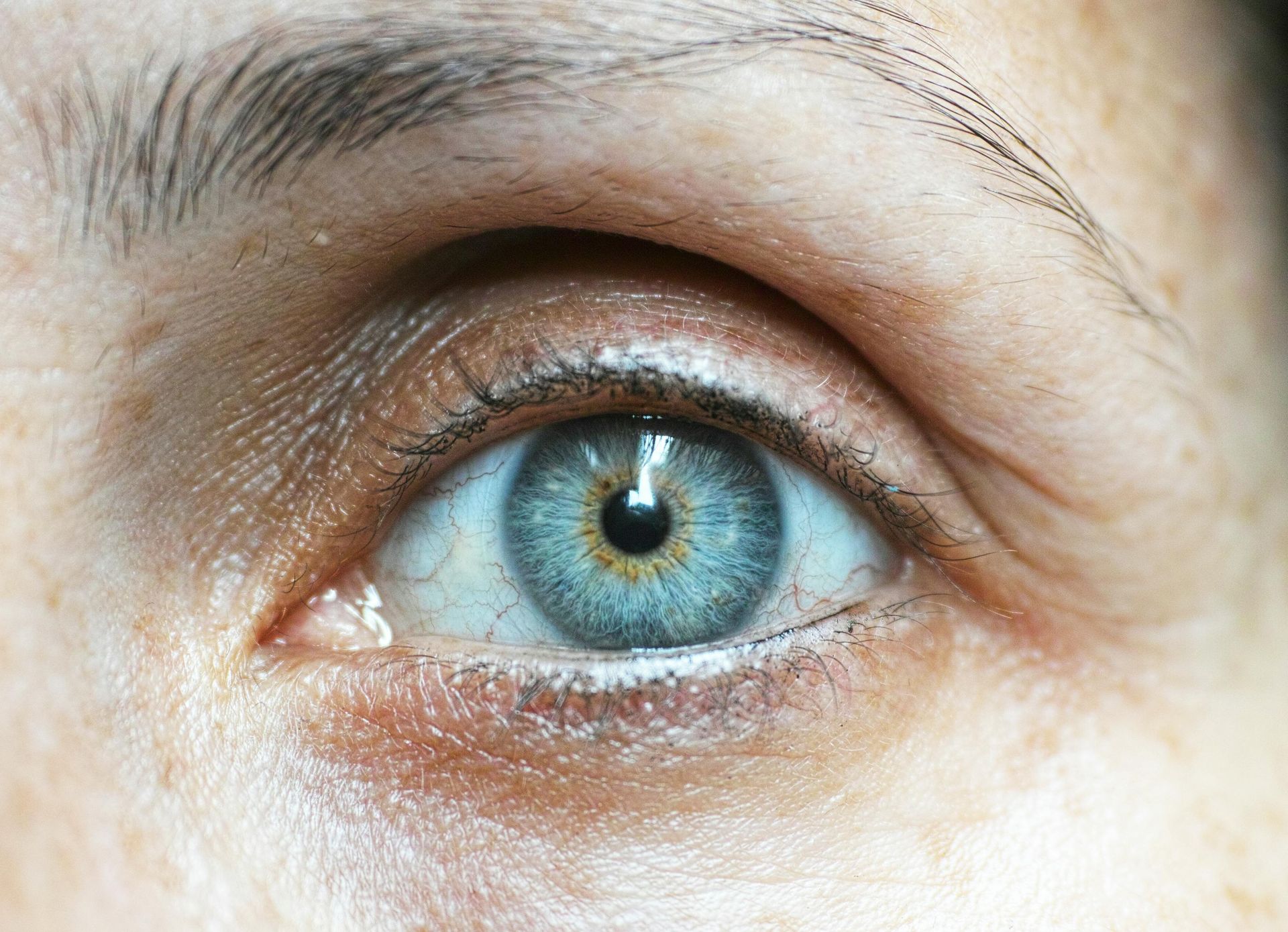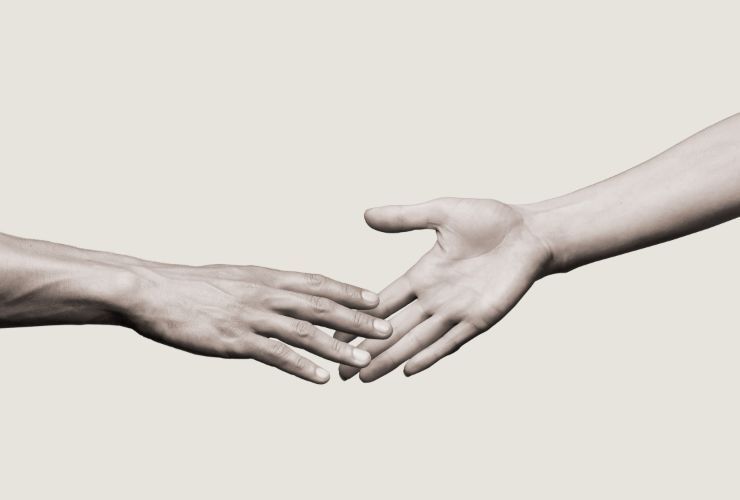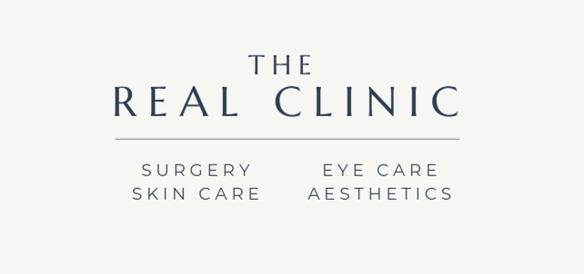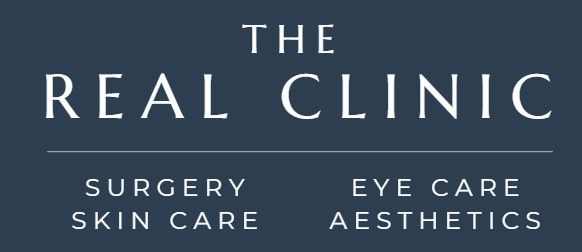
TREATMENT
ENTROPIAN & ECTROPIAN
2-6 WEEKS
DEPENDENT ON TREATMENT

RECOVERY
ANAESTHETIC
CAN BE PERMANENT

DURATION
1-2 HOURS
TIME TAKEN


Understanding Eyelid Malpositions
Your eyelids play a crucial role in protecting your eyes, keeping them moist, and ensuring clear vision. Sometimes, the eyelids can turn inward or outward due to aging, scarring, or other conditions, leading to irritation, discomfort, or even damage to the eye surface.
At The Real Clinic our ophthalmology specialists diagnose and treat entropion and ectropion with precision and care, restoring comfort, function, and appearance.
TIME TAKEN

DEPENDENT ON TREATMENT
DURATION

CAN BE PERMANENT
ANAESTHETIC

GENERAL OR LOCAL
RECOVERY
1-2 weeks
What is Entropion?
Entropion occurs when the eyelid turns inward, causing the eyelashes and skin to rub against the surface of the eye.
Common Symptoms:
- Constant irritation or scratching sensation
- Red, watery eyes
- Sensitivity to light and wind
- Crusting or mucous discharge
- Feeling like there’s something in the eye
Causes
- Aging – tissue laxity and weakened muscles
- Scarring – from injury, infection, or previous surgery
- Inflammatory conditions – such as trachoma or chemical burns
- Congenital entropion – rare, present from birth
Why It Matters
If left untreated, entropion can lead to corneal abrasions, infections, or vision loss due to constant friction from the lashes.
What is Ectropion?
Ectropion occurs when the eyelid turns outward, exposing the inner surface of the lid and leaving the eye vulnerable to dryness and irritation.
Common Symptoms
- Dry, gritty eyes
- Excessive tearing
- Redness and irritation
- Recurrent eye infections
- Sagging appearance of the lower lid
Causes
- Aging – weakening of eyelid muscles and tissues
- Facial paralysis – such as Bell’s palsy
- Scarring or trauma
- Previous eyelid surgery
- Congenital ectropion – rare cases in newborns
Why It Matters
When the eyelid doesn’t close properly, the eye can become dry and unprotected, increasing the risk of infection or corneal damage.
Diagnosis
Our ophthalmologists perform a comprehensive eye and eyelid examination, including:
- Assessment of eyelid position and tone
- Tear film evaluation
- Corneal health check
- Review of medical and surgical history
Treatment Options
Treatment depends on the underlying cause and severity of the condition.
Non-Surgical Treatments (for mild cases)
- Lubricating eye drops or ointments
- Eyelid taping or temporary sutures
- Botulinum toxin (Botox) injections in specific cases of entropion
Surgical Treatments
Surgery is often the most effective and permanent solution.
- Entropion repair involves tightening and repositioning the eyelid and supporting muscles.
- Ectropion repair involves shortening and lifting the eyelid to restore its natural position and protect the eye.
Procedures are usually performed under local anesthesia, with minimal downtime and excellent cosmetic results.
Our Pricing
Blepharoplasty - one eyelid
£ 1,350
Blepharoplasty - one eyelid
£ 2,100
Blepharoplasty - two eyelids
£ 1,950
Blepharoplasty - two eyelid
£ 2,650
Blepharoplasty - three or four eyelids
£ 3,450
QUESTIONS ABOUT ENTROPIAN AND ECTROPIAN
-
Are entropion and ectropion serious?
The most common and permanent solution for eyelid ptosis is a surgery called blepharoplasty. Blepharoplasty can be performed under local or general anaesthetic. During surgery, cuts will be made along the natural line of the eyelid, and excess skin, fat and sagging muscle will be removed or redistributed and tightened. The wound will then be closed and stitched discreetly leaving you with a much tauter open look to the eye.
-
What causes these eyelid problems?
They’re most commonly caused by aging, which weakens the eyelid muscles and tissues. Other causes include scarring, injury, facial nerve weakness, or previous eye surgery.
-
How are entropion and ectropion treated?
Mild cases may be managed temporarily with eye drops or ointments, but most patients need a minor surgical procedure to correct the eyelid position permanently.
-
Is the surgery painful?
No, surgery is usually performed under local anesthesia, meaning you’ll be awake but won’t feel pain. Most patients experience only mild swelling or bruising afterward.
-
How long does recovery take?
Most people return to normal activities within a few days to a week. Complete healing and resolution of swelling may take two to three weeks.
-
Will my eyelid look normal after surgery?
Yes, eyelid position and appearance are carefully restored for both functional and cosmetic improvement. Results are usually long-lasting.
-
Can entropion or ectropion come back?
Recurrence is uncommon, especially after proper surgical repair. Regular follow-up visits help ensure long-term success.
-
When should I see a doctor?
If you notice constant tearing, redness, irritation, or eyelashes rubbing your eye, schedule an eye exam as soon as possible to prevent further damage.

RELATED TREATMENTS
WOULD YOU LIKE A LITTLE EXTRA HELP?
If you’re not sure what treatment you need, or you would just like a chat to get some advice, give our team a call or drop us a message and we’ll be happy to help.






